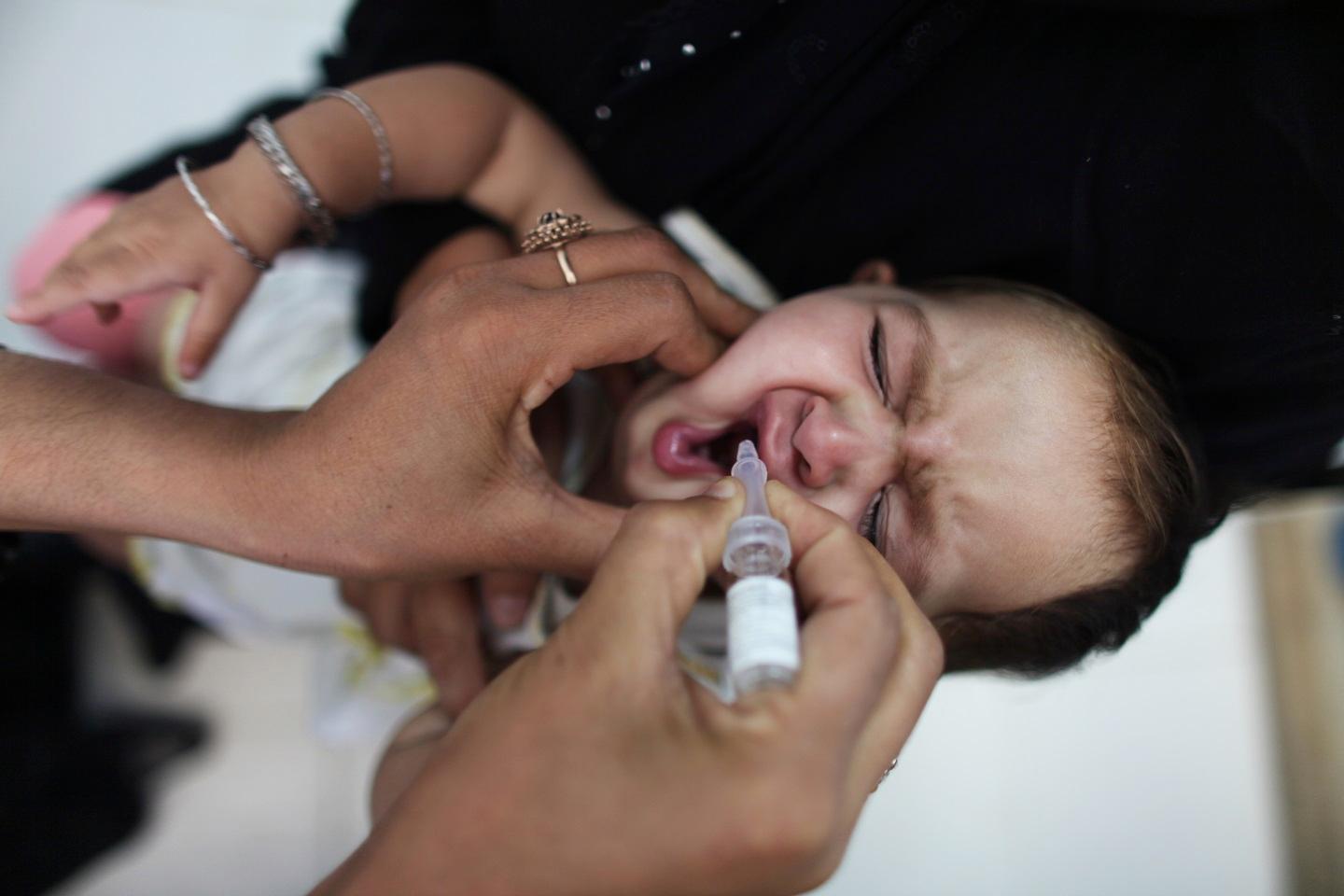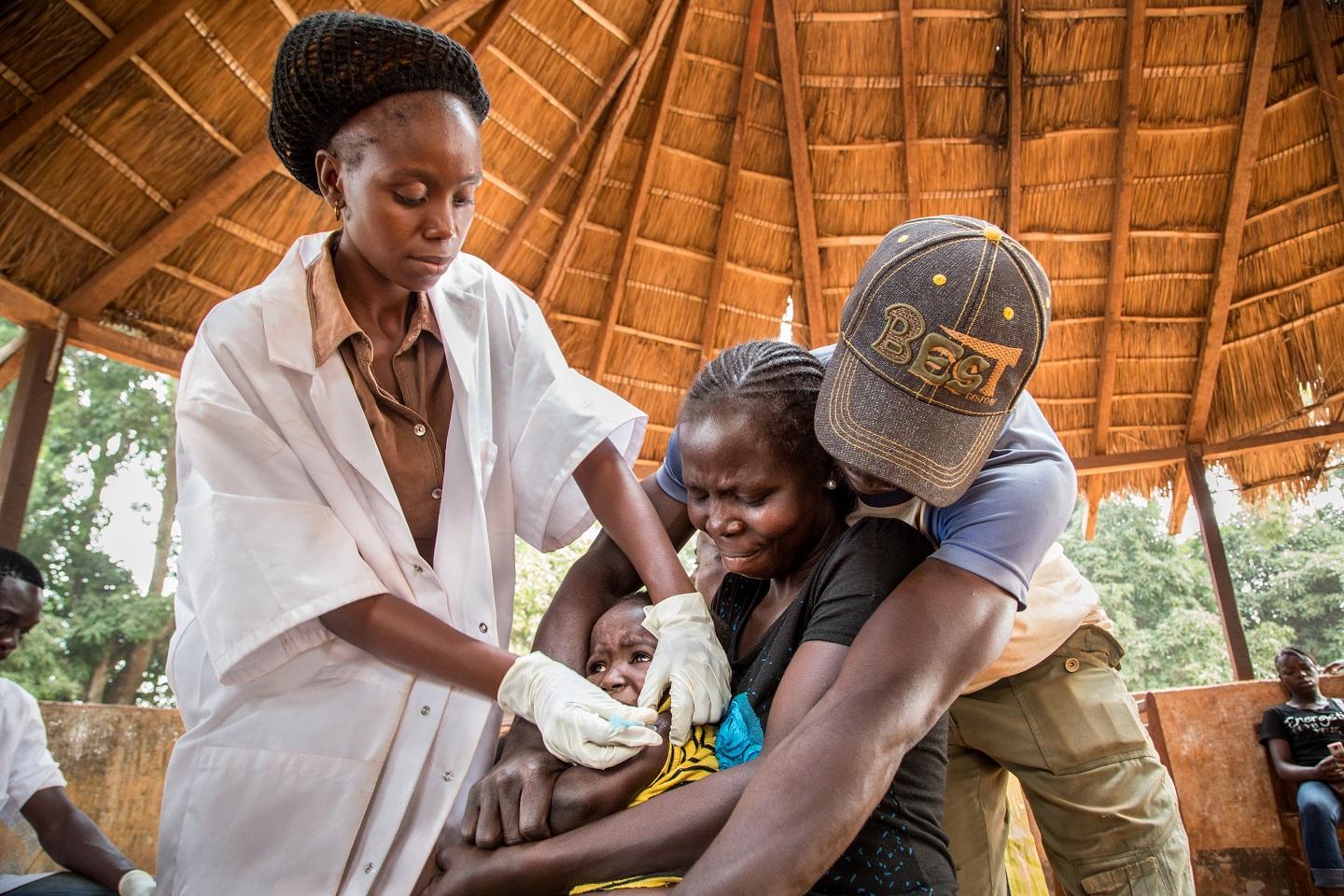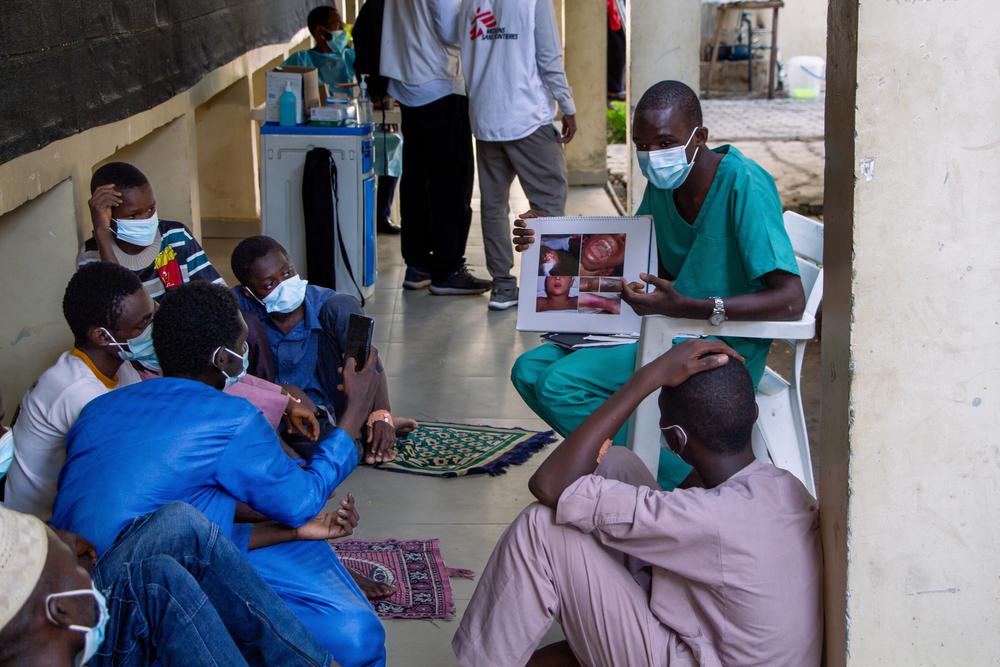
Diphtheria
A contagious and potentially fatal disease
Diphtheria is a contagious and potentially fatal bacterial infection characterized mainly by a thick gray membrane developing at the back of the throat or nose, causing sore throat and fever. It often leads to respiratory distress due to obstruction of the airways by the membranes. The bacteria remain in this part of the body, but produce a toxin that spreads to other parts of the body via the bloodstream, affecting nerves and the heart in particular.
Diphtheria can be fatal in 40% of cases. It is transmitted by air from one infected person to another (by coughing, sneezing and talking). Even with treatment, the illness and recovery period can be long, and follow-up is necessary.
A forgotten disease
"Diphtheria has been eradicated in most countries of the world through systematic childhood vaccination campaigns, to the point of becoming a type of neglected and forgotten disease," reports Marc Poncin, emergency coordinator for MSF in Yemen. "Overall, the decline in diphtheria in recent years has been accompanied by a decline in knowledge about its treatment. This makes it much more difficult for health staff to identify, isolate and treat cases quickly and effectively."
To treat diphtheria, patients need to be isolated and given antibiotics and antitoxins, but the global supply of antitoxins - the most important aspect of treatment - is very limited.
Treatment and prevention
Diphtheria patients must be isolated and monitored. They receive antibiotics to eliminate the bacteria from their throats and an antitoxin infusion to neutralize the toxin circulating in the bloodstream, thus avoiding possible complications. The sooner treatment is given, the better the patient's chances of recovery. During the recovery phase, patients must receive a full course of immunization, as having had diphtheria does not automatically protect against it.
- Diphtheria antitoxin is the number one priority for reducing mortality and lowering the risk of other complications caused by diphtheria.
- Antibiotic treatment for 14 days helps reduce transmission.
It is also crucial that people who have been in close contact with a diphtheria patient receive prophylactic treatment* and potentially the vaccine. This will prevent them from developing the disease and stop transmission, thus helping to halt the epidemic.
Vaccination is the best way to prevent diphtheria. It is now part of the vaccination schedule in most countries around the world. Booster injections are required every ten years, but some countries cannot always afford to administer booster doses in adulthood. This means that immunity declines over time, increasing the risk of contracting diphtheria. Those who have never been vaccinated against diphtheria are therefore at greater risk of contracting it.
* medical means used to prevent the onset, aggravation or spread of disease.

